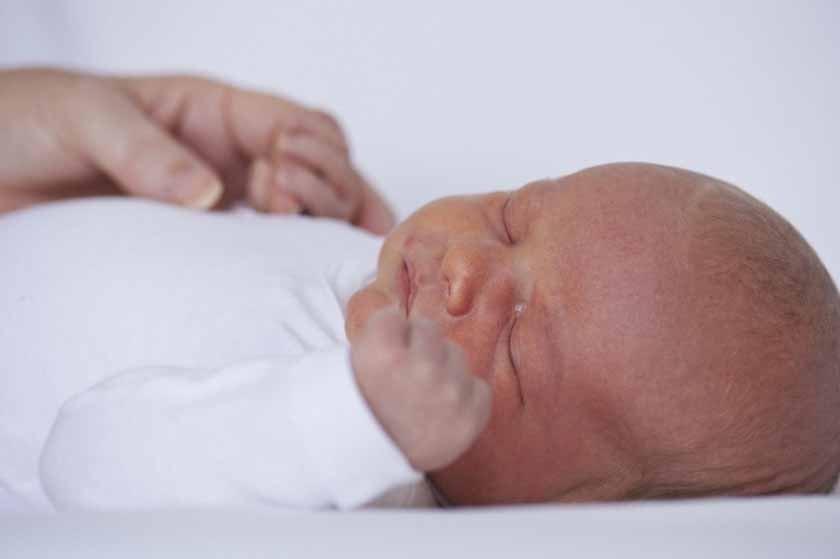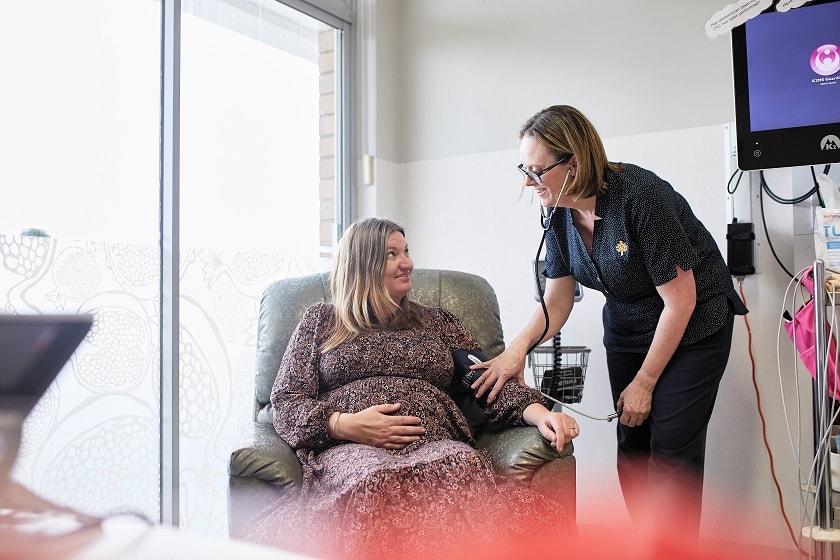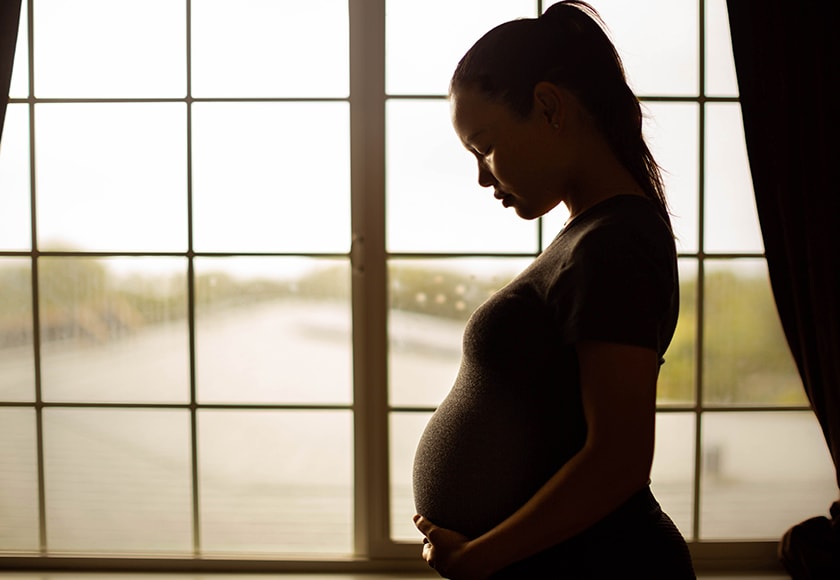Q: I’m pregnant – now what?
A: Congratulations! The very first step is to visit your GP. Your GP will run blood tests in your first trimester to screen for risk factors such as low iron and low vitamin D.
Q: What are the options for pain relief during labour?
A: Many women also find relief in non-medical techniques such as warm showers, massage, breathing and meditation.
Other options include gas, injectable pain killers and an epidural.
Gas: the combination of nitrous oxide and oxygen can take the edge off the pain. It won’t interfere with the labour process and you can control how much gas you take in. However, in some women it can cause nausea.
Injections: strong pain relief injections such as morphine or pethidine can last for 2-4 hours. However it may cause nausea. Your midwife will ensure that the medication is timed so as to limit your baby’s exposure to it.
Epidural: This anaesthesia is injected into the lining of the spinal cord, numbing you from the waist down. It is very effective and allows the mother to be completely alert during the birth. Some women may require midwife assistance in identifying contractions and when to push.
Q: What kind of exercise should I be doing now that I’m pregnant?
A: Getting plenty of exercise is a good thing, however it is very important to listen carefully to your body.
Try and avoid any exercise in which you are especially at risk of falls.
If you are feeling tired and weak, try to avoid weights.
Be especially careful of your back.
Swimming is good and reduces the effect of gravity
“Pregnancy yoga and pregnancy aqua-aerobics are good options and can help the woman feel better mentally as well,” said Siobhan.
“If the person didn’t do much exercise before they became pregnant. I wouldn’t jump into anything too heavy. Just take it week by week, starting with gentle exercise such as swimming or walking.”
Q: How do I know if I am in labour?
A: There are many possible signs and some are not so obvious.
Your waters have broken. The ‘water’ is the sac of fluid around your baby, so if you’ve had a fluid gush it is important that you come in to the hospital to be checked.
You are having contractions. Even if it is early in your pregnancy any painful contractions should be seen to.
Back pain. If you are nearly due and have strong back pain – even if you have had no contractions – you could be in labour.
Q: What do I need to decide before going in for childbirth?
A: Answering important questions is not so easy while in labour. So remember to prepare answers to the following questions beforehand.
What are your plans for pain relief, whether medical or non-medical
Which position you plan to deliver in e.g. on your back, on your side or the floor?
Who you want present at the birth? Keep in mind that two is the maximum in most hospitals.
What else that is important to you?
Q: When will I start showing?
A: The average is about 12 weeks. However everyone is different and some women may not start showing for 15 or 16 weeks.
Q: What is a healthy weight gain?
A: It will completely depend on your start weight. Most women will gain weight during pregnancy. Your midwife or obstetrician will be able to advise you how much.








